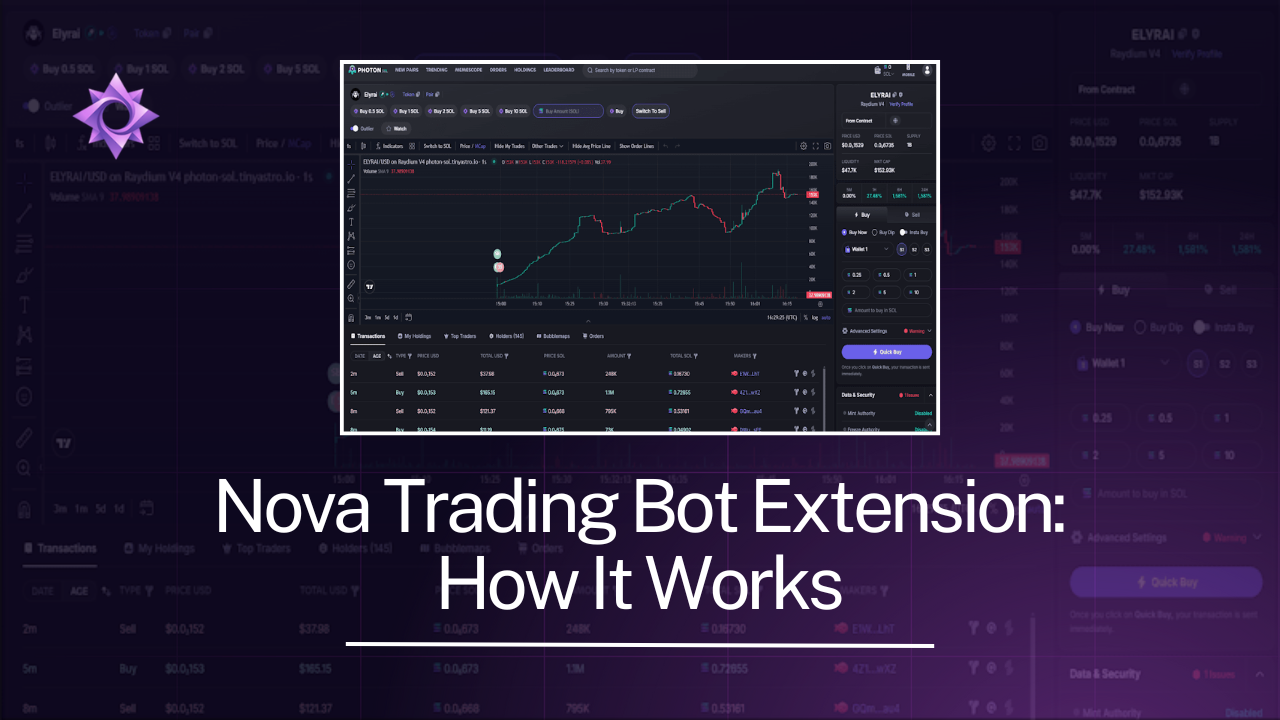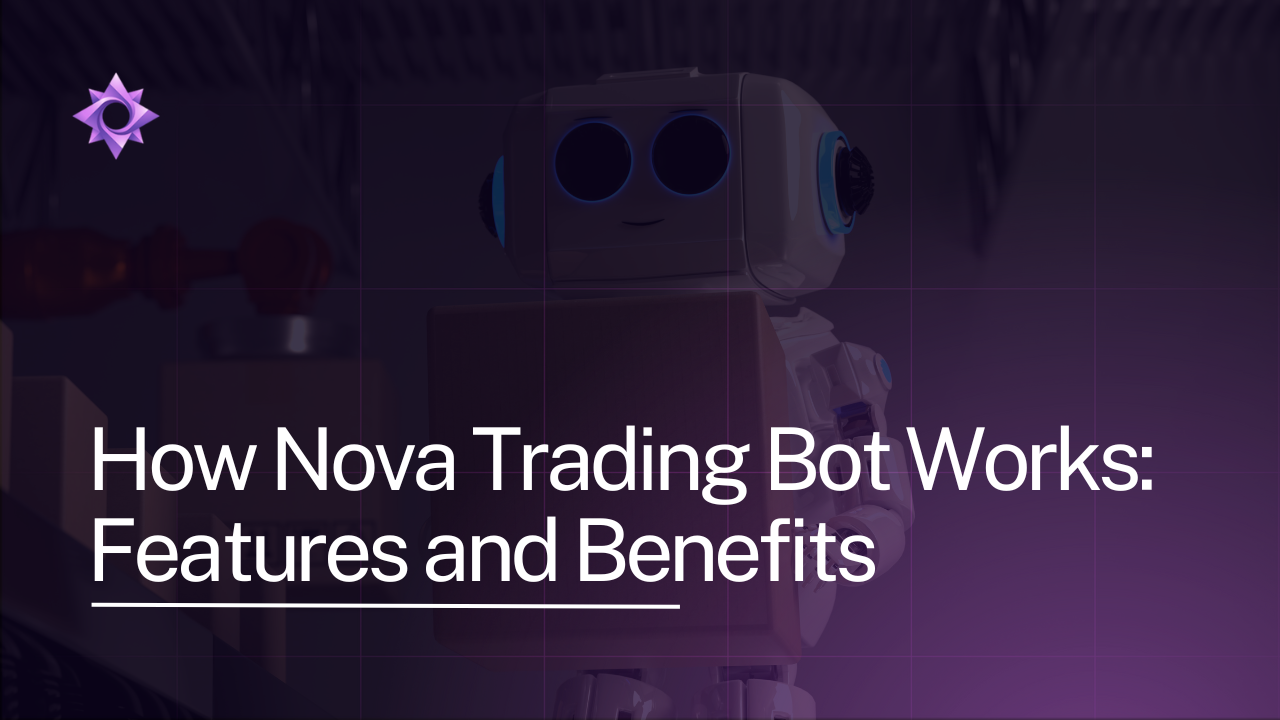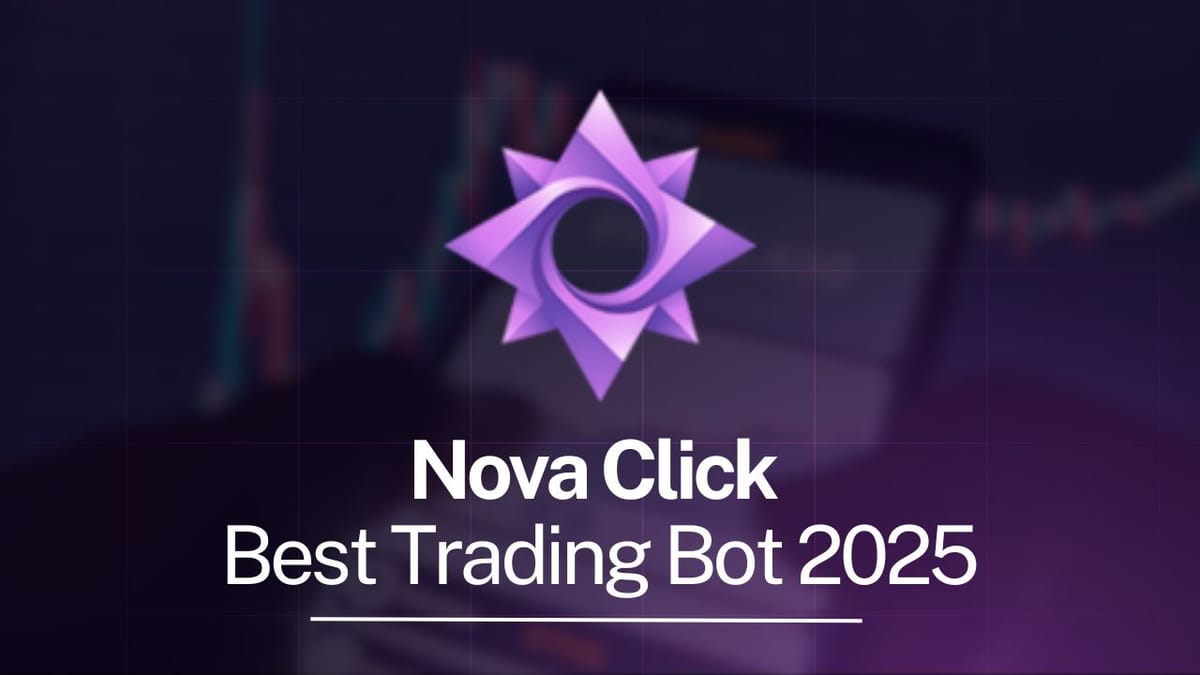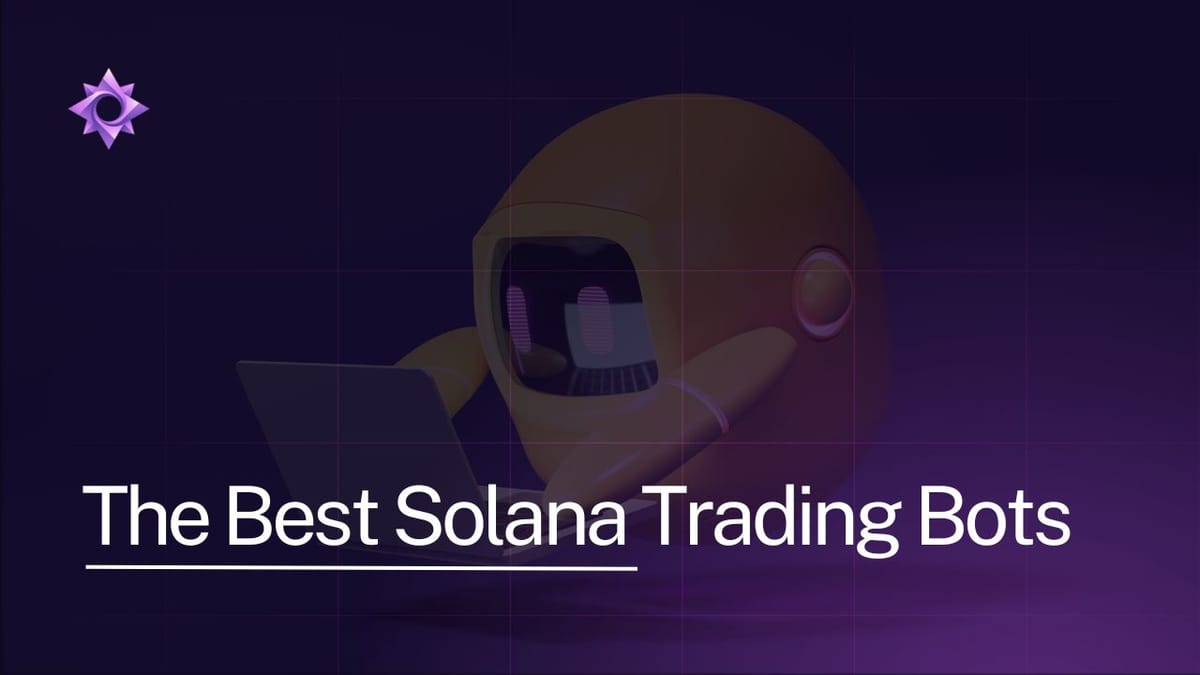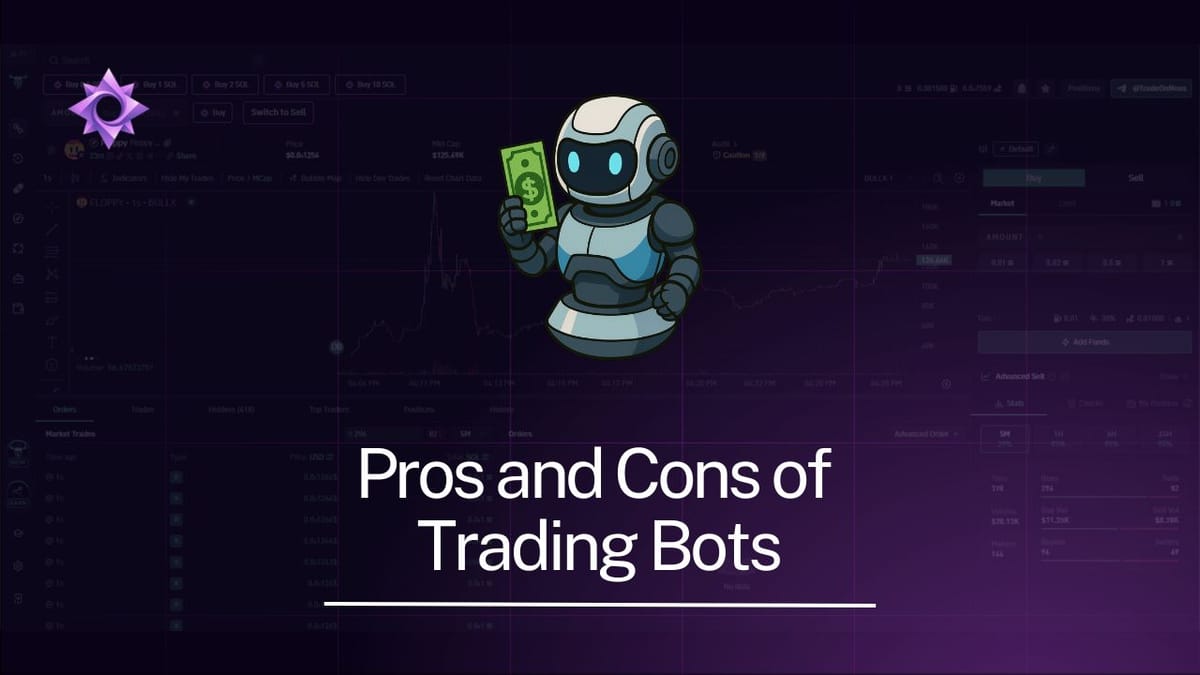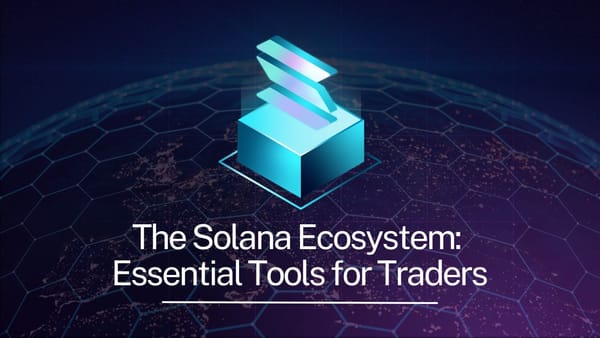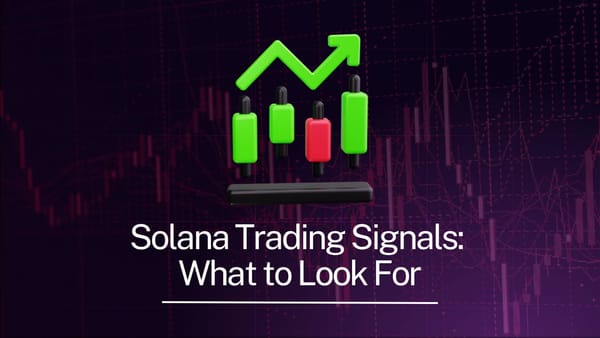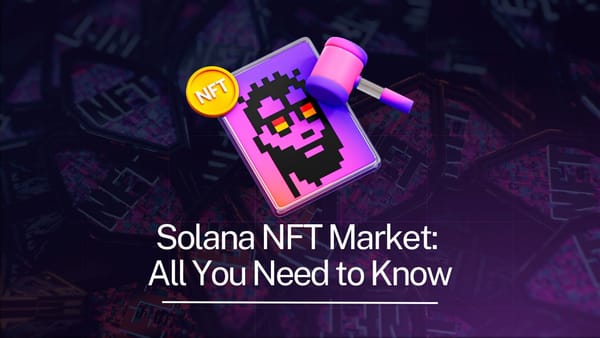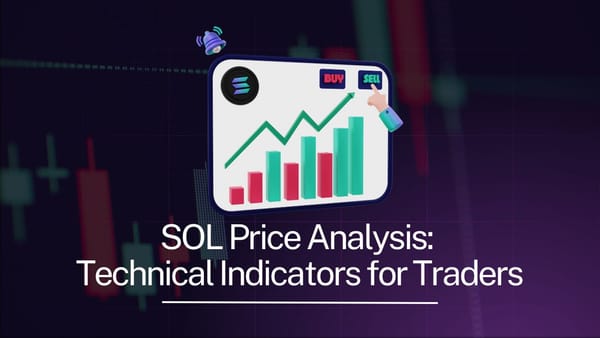Risks and Challenges of Using Trading Bots
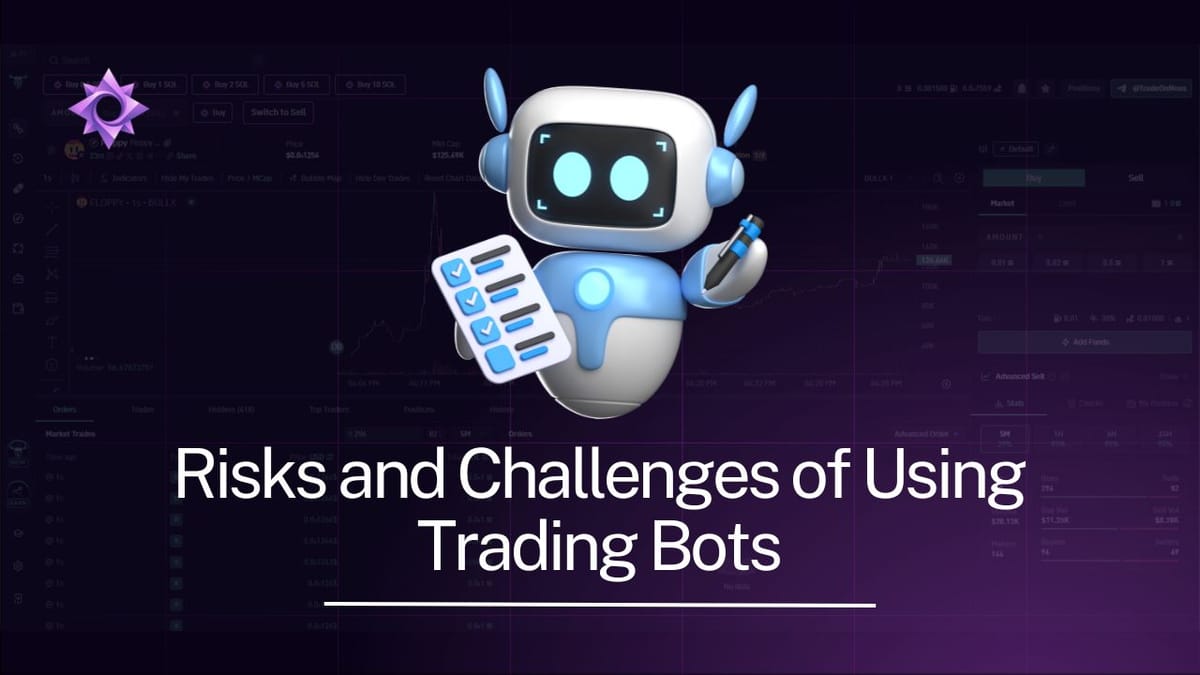
So, you're thinking about using trading bots to make your crypto life easier?
That's cool, but before you jump in, it's a good idea to know what you're getting into.
These bots can be pretty neat tools, but like anything in the fast-paced world of crypto, they come with their own set of risks and challenges.
You've got to be aware of the potential downsides so you don't end up in a tough spot.
Let's break down what you should be aware of when you're looking at trading bots.
Key Takeaways
- Trading bots aren't magic money machines; they carry financial risks, and there's no guarantee you'll make a profit. Remember, digital assets are pretty speculative.
- Technical glitches can happen. Things like slow transaction speeds or issues connecting to exchanges can mess with your trades.
- Keep your information safe. Be mindful of what data your bot collects and how it's protected. Using third-party services adds another layer of risk.
- Setting up and managing trading bots takes effort. You'll need to configure settings, handle multiple wallets, and understand all the fees involved.
- Advanced features like automated take profit/stop loss or copy trading can be useful, but they also have their own complexities and potential pitfalls you need to watch out for.
Understanding the Risks of Trading Bots
Jumping into trading bots can feel like a shortcut to easy profits, but it's really important to get a handle on the downsides first.
Think of it like this: just because you have a fancy tool doesn't mean you'll automatically build a masterpiece.
You still need to know what you're doing.

Financial Risk Disclaimer
First off, nobody can promise you'll make money.
Trading, especially with digital assets, is inherently risky.
The prices can swing wildly, and you could lose your entire investment.
It's not like a savings account; it's more like a gamble, and you need to be prepared for that.
You are solely responsible for any financial decisions you make.
It's a good idea to only invest what you can afford to lose.
You can find more details on this in the Nova Bot Terms of Service Nova Bot Terms of Service.
No Guarantees on Performance
Even the most sophisticated trading bots don't have a crystal ball.
Their performance can be really inconsistent. What works one day might completely fail the next.
Sometimes, success seems more about luck than a superior algorithm. You can't expect a bot to consistently beat the market, and relying on one without understanding its limitations is a risky move.
Speculative Nature of Digital Assets
We're talking about digital assets here, which are known for being super volatile.
Their prices are driven by a lot of factors, including market sentiment, news, and sometimes, just hype.
This makes them highly speculative.
Bots trade these assets, so they're exposed to all that same unpredictability.
It's not just the bot that's a risk; it's the very nature of what you're trading.
Technical Challenges and Limitations
When you start using trading bots, you'll run into some technical hurdles.
It's not always smooth sailing, and understanding these issues can save you a lot of headaches.
Latency and Transaction Speed
One of the biggest challenges is latency, which is basically the delay between when you want something to happen and when it actually does.
In the fast-paced crypto market, even a few milliseconds can make a difference.
If your bot is slow to react, you might miss out on a trade or get a worse price than you expected.
This is especially true when dealing with decentralized exchanges (DEXs) that can sometimes be slower than centralized ones.
Speed is really key here.
Tools like Nova Click aim to cut down on this delay by processing transactions quickly, but it's still something you need to be aware of.
You can't always predict how fast a transaction will go through, and this can impact your bot's performance.
It's a good idea to check out how different bots handle exchange downtime and slippage, which are often caused by these delays.
Integration with Decentralized Exchanges
Connecting your trading bot to decentralized exchanges (DEXs) can be tricky.
DEXs operate differently from traditional exchanges, and not all bots are built to work with them smoothly.
You might run into issues with compatibility or the specific way a DEX handles orders.
For example, some bots might struggle with the smart contract interactions required for DEX trading.
Making sure your bot can handle these integrations is important for accessing a wider range of tokens and trading opportunities.
Nova Click, for instance, is designed to work with DEXs like Photon and BullX, making the process smoother.
Server Capabilities and Reliability
Your trading bot relies heavily on the servers it runs on.
If the servers are not powerful enough or go down, your bot stops working.
This means you could miss trades or, worse, have your positions left open when you don't want them to be.
It's important to choose a bot service that has reliable servers and can handle the load, especially during busy market times.
Some services offer multiple server locations to help with this, so if one goes down, another can take over.
You'll want to consider what happens if the bot's servers experience issues, as this can directly affect your trading.
Security and Privacy Concerns
When you're using trading bots, security and privacy are big deals.
You're handing over access to your funds, and that's not something to take lightly.
It's important to know what information the bot collects and how it's used.
For instance, Nova Click, like many bots, needs certain data to function, but you should always be aware of their policies.

Data Collection and Usage
Bots often collect data to provide their services.
This can include your Telegram username, wallet addresses, and transaction history.
Some might also collect IP addresses for security.
It's vital to understand what data is being gathered and why.
For example, Nova Click uses your Telegram data for communication and your wallet addresses for processing transactions.
Always check the bot's privacy policy to see what they collect and how they use it.
Protection of User Information
Protecting your personal and financial information is key.
This means the bot should use encryption for data in transit and have restricted access to your information within their systems. You also have a role to play here.
Never share sensitive information like your private keys with any bot; legitimate services like Nova Click will never ask for them.
Using a secure device and network is also a good practice to safeguard your data.
Third-Party Service Provider Risks
Trading bots often rely on third-party services, like decentralized exchanges or API providers, to operate.
These external services have their own privacy practices and security measures, which might differ from the bot's.
It's a good idea to be aware of these third parties and understand their policies.
If a bot integrates with multiple platforms, like Nova Click does with DEXs such as Photon and BullX, you're exposed to the security and privacy risks of all those connected services.
This means you need to be cautious about the entire ecosystem you're interacting with, not just the bot itself.
Understanding how to protect your crypto assets when using these platforms is really important protect your crypto assets.
The primary risk in AI security often comes from the data itself, not just the model. Protecting your AI from vulnerabilities like data poisoning is a significant concern that needs careful attention.
Operational Complexities of Trading Bots
Getting a trading bot like Nova Click up and running involves more than just flipping a switch.
You've got to get your settings dialed in just right, and that can be a bit of a puzzle sometimes.
It’s not always plug-and-play, and you might find yourself tweaking things more than you expected.
Configuration and Customization
Think of your bot's settings like tuning a guitar.
You want it to sound good, right?
Well, you want your bot to trade effectively.
This means figuring out things like slippage, which is how much the price can move before your trade executes.
Too low, and your trades might not go through.
Too high, and you could lose money on price swings.
Then there's the MEV (Maximal Extractable Value) protection, which is basically trying to avoid getting front-run by other traders.
Getting these settings wrong can really mess with your trades.
Nova Click offers a lot of options, which is great, but it also means there's more to learn.
You can set up custom presets for different trading scenarios, which is handy, but it takes time to figure out what works best for you.
It’s a balancing act, and you’ll likely spend time experimenting to find that sweet spot.
You can set up your buy and sell fees and tips here too, which directly impact your costs.
Managing Multiple Wallets
If you're serious about trading, you might end up using more than one wallet.
This is where things can get a bit complicated.
You need to keep track of which wallet is doing what, and make sure your bot is connected to the right one for each task.
Nova supports multiple wallets, which is a big plus for managing different strategies or capital, but it adds another layer of management.
You have to be organized, or you could accidentally send funds from the wrong wallet, which is a mistake you don't want to make.
Keeping track of your default wallet and switching between others when needed is key.
Understanding Fees and Costs
Every trade you make, whether it's a buy, a sell, or a swap, usually comes with fees.
There are the fees charged by the bot itself, like transaction fees or service fees, and then there are the network fees on the blockchain, like Solana gas fees.
Nova Click, for example, might have its own fees for certain operations, and you also have to account for the underlying network costs.
These might seem small individually, but they add up quickly, especially if you're trading frequently.
It’s important to know exactly what you’re paying for.
You can set your buy and sell slippage, but also your buy and sell tips, which are essentially payments to validators to prioritize your transactions.
These tips can be crucial for getting trades executed quickly, especially in fast-moving markets, but they are an additional cost.
You need to factor these costs into your profit calculations, or they can eat into your earnings without you even realizing it.
It’s wise to review the fee structure for any bot you use, and Nova Click is no different.
You can find details on how these costs work within the bot's settings.
Managing these operational aspects requires attention to detail and a willingness to learn. While bots automate trading, they don't automate the setup and ongoing management process. You're still the one in charge, and being proactive about understanding these complexities is vital for success.
It's easy to overlook the small details, but in trading, those small details can make a big difference to your bottom line.
Here's a quick look at some common costs:
| Cost Type | Description |
|---|---|
| Bot Service Fees | Fees charged by the bot provider for using their platform and features. |
| Network Fees | Fees paid to the blockchain network (e.g., Solana gas fees) for transactions. |
| Trading Fees | Fees charged by the exchange or DEX for executing trades. |
| Slippage | Potential price difference between expected and executed trade price. |
| MEV Tips | Payments to validators to prioritize transactions, potentially increasing speed. |
It's important to remember that while bots like Nova Click aim to simplify trading, they still require a good amount of user input and understanding to operate effectively.
You're essentially managing a sophisticated tool, and like any tool, knowing how to use it properly is half the battle.
Don't be afraid to explore the bot's settings and documentation to get a handle on these operational details.
Understanding these elements is key to avoiding unexpected costs and ensuring your trading strategy runs smoothly.
You can find more information about how these bots work on various Telegram channels.
Advanced Trading Bot Features and Their Pitfalls
Trading bots offer some pretty cool advanced features, but you gotta know what you're getting into.
These tools can really change how you trade, but they also come with their own set of problems if you're not careful.

Migration Sniping Execution
Migration sniping is basically trying to catch a token right as it moves from one contract to another.
The idea is to get in before everyone else does.
Nova Click has a feature for this, letting you find these "about to graduate" tokens and set up a snipe.
You configure things like slippage and buy amount right in Telegram.
The pitfall here is timing and competition; if your connection isn't fast enough or the market moves too quickly, you might miss the opportunity or buy at a bad price.
It's a high-risk, high-reward play that requires precise setup and a bit of luck.
Missing out on these opportunities can be frustrating, and jumping in too late can lead to losses, a common pitfall in algorithmic trading.
Take Profit and Stop Loss Automation
These are super useful for managing your trades automatically.
Take Profit (TP) levels let you set a target percentage to sell at, locking in your gains.
Stop Loss (SL) levels automatically sell if the price drops to a certain point, limiting your losses.
Nova Click lets you set these up easily.
For example, you can set a 100% profit target or a 100% loss limit.
The challenge is setting the right percentages.
Too tight, and you might get stopped out before a trade has a chance to grow.
Too wide, and you could give back a lot of your profits or incur larger losses than intended.
It’s a balancing act that requires understanding market volatility and your own risk tolerance. Getting these levels wrong is a common mistake.
Copy Trading Strategies
Copy trading lets you automatically mirror the trades of another wallet.
You can set parameters like the minimum or maximum buy amount, and even choose to follow their sells or only buy in once.
This can be a way to learn from experienced traders or automate your strategy based on someone else's moves.
However, you're essentially trusting another wallet's decisions.
If the wallet you're copying makes bad trades, you'll lose money too.
You also need to consider the fees involved, like buy and sell fees, and any tips you might give to speed up transactions.
It’s important to research the wallets you plan to copy, as their performance can be inconsistent.
Relying solely on copy trading without understanding the underlying assets or market conditions can be risky.
You can set up copy trading tasks in Nova Click, specifying which wallet to copy and how much to invest, but remember that the success of your trades depends heavily on the performance of the wallet you are mirroring.
Navigating Bot Updates and Terms of Service
Keeping up with changes to your trading bot's software and the rules that govern its use is pretty important.
Think of it like this: if you're using a tool, you need to know if the manufacturer changed how it works or added new safety warnings.
For trading bots, this means staying informed about updates and understanding the terms of service.
Ignoring these can lead to unexpected issues or even loss of funds.

Adapting to Policy Changes
Software providers, including those for trading bots like Nova Click, often update their terms of service.
These changes might affect how the bot operates, what data it collects, or even the fees you pay.
It's a good idea to check for notifications or visit their official channels regularly.
For instance, if Nova Click updates its terms, you'll want to know if new rules impact your trading strategies or data privacy.
You agree to these changes simply by continuing to use the service, so staying aware is key.
You can find more details about their terms on their official website.
User Responsibilities and Compliance
When you use a trading bot, you're generally responsible for how it's set up and used.
This includes making sure your configurations are correct and that you're following any guidelines provided.
For example, if you're using Nova Click for copy trading, you need to understand the settings for buy triggers and sell actions.
It’s your job to manage your trading activities and accept the associated risks.
This means being diligent with your settings and understanding the potential outcomes of your automated trades.
Discontinuation of Service Risks
There's always a possibility that a bot service could be discontinued or suspended.
This could happen for various reasons, like a change in the company's direction or if they decide to stop supporting the bot.
If this were to happen with a bot you rely on, it could disrupt your trading operations.
It's wise to have a backup plan or at least be aware of this potential risk.
While not common, it's something to consider when choosing and relying on any automated trading tool.
Keeping up with bot changes and rules can be tricky.
It's important to stay informed so you don't run into any problems.
Want to make sure you're always on the right track with your trading bot? Visit our website for the latest updates and tips!
Conclusion
So, you've looked into trading bots, maybe even tried one out. It's clear these tools can speed things up and automate some tasks, like copying trades or setting profit targets automatically.
But remember, they aren't magic money machines.
You still need to understand what you're doing, keep an eye on things, and be ready for unexpected issues.
Think of them as tools to help you, not replacements for your own judgment. Always do your homework, understand the risks involved, and only use what you're comfortable with.
It’s a bit like learning to ride a bike with training wheels – they help, but you still need to learn to balance yourself.
Frequently Asked Questions
Can a trading bot really make me rich without any risk?
Think of trading bots like a super-fast assistant for buying and selling crypto. They follow your instructions exactly, but they can't predict the future. The crypto market moves super quickly and can be unpredictable, so even with a bot, you could still lose money. It's like using a calculator for math – it helps, but it doesn't guarantee you'll get the right answer if you put in the wrong numbers!
Why might my bot not be as fast as I expect?
Sometimes, bots can be a little slow to react, especially if the internet connection isn't great or the bot's servers are busy. This delay, called latency, might mean you miss out on a good trade or end up buying or selling at a less-than-ideal price. It's like trying to catch a fast-moving ball – you need to be quick!
Is it safe to let a bot access my crypto wallet?
When you use a trading bot, it often needs to access your crypto wallet to make trades. This means you're giving it permission to interact with your funds. It's super important to trust the bot provider and make sure they have strong security to protect your information and prevent hackers from getting in.
What happens if I don't set up my trading bot correctly?
Bots need to be set up just right. You have to tell them exactly what to do, like how much to buy or sell, and when. If you mess up the settings, the bot might not trade the way you want it to, or it could even lose you money. It's like programming a robot – you need to give it the correct instructions!
What are these 'advanced' features in trading bots, and are they risky?
Trading bots often have special features, like 'migration sniping' which tries to catch new tokens right when they launch, or 'copy trading' where you copy what other traders do. These advanced tools can be really powerful, but they also come with their own risks and can be tricky to use perfectly. They're like special tools in a video game – cool, but you need to learn how to use them properly.
Do I need to worry about bot updates and rule changes?
Bot creators sometimes update their software or change their rules. You need to pay attention to these updates because they might change how the bot works or what you're allowed to do. It's like when your favorite app gets an update – sometimes it adds new stuff, and sometimes it changes things you liked.
More Nova Click Guides:
